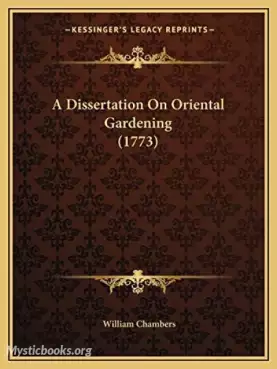
Timeline
Title
Country/Nationality
William Chambers
Sir William Chambers was a Swedish-Scottish architect, based in London. Among his best-known works are Somerset House, and the pagoda at Kew. Chambers was a founder member of the Royal Academy.
William Chambers was born on 23 February 1723 in Gothenburg, Sweden, to a Scottish merchant father.
Between 1740 and 1749 he was employed by the Swedish East India Company making three voyages to China where he studied Chinese architecture and decoration.
Returning to Europe, he studied architecture in Paris (with J. F. Blondel) and spent five years in Italy. Then, in 1755, he moved to London, where he established an architectural practice. In 1757, through a recommendation of Lord Bute, he was appointed architectural tutor to the Prince of Wales, later George III, and in 1766 also, along with Robert Adam, Architect to the King, (this being an unofficial title, rather than an actual salaried post with the Office of Works). He worked for Augusta, Dowager Princess of Wales, making fanciful garden buildings at Kew, and in 1757 he published a book of Chinese designs which had a significant influence on contemporary taste. He developed his Chinese interests further with his Dissertation on Oriental Gardening (1772), a fanciful elaboration of contemporary English ideas about the naturalistic style of gardening in China.
On 10 December 1768 the Royal Academy was founded. Chambers played an important role in the events that led to the Academy's foundation, the Minutes of the General Assembly of the Royal Academy of 14 December 1768 record 'That some time towards the latter end of November 1768, Mr Chambers waited upon the King and informed him that many artists of reputation together with himself are very desirous of establishing a Society that should more effectively promote the Arts of Design'. He was appointed the Academy's first Treasurer.
Chambers died in London in 1796. He is buried in Poets' Corner in Westminster Abbey.
Books by William Chambers

Dissertation on Oriental Gardening
A little essay on the Chinese style of gardening, as opposed to the continental style, which the author finds too formal with too many straight lines, and the English style, about which he is equally disparaging. In his preface, he says that his diss...